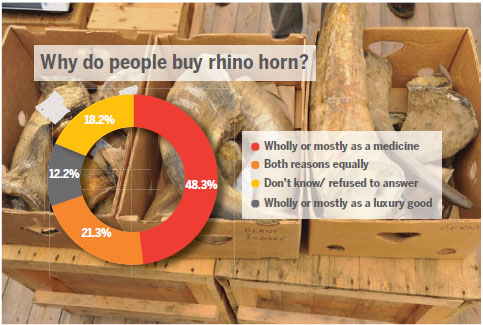A Lethal Harvest
Updated: 2016-04-08 10:28
By Chris Davis(China Daily USA)
|
||||||||
|
A stash of rhino horn. Smugglers use the same techniques and routes used to take poached elephant ivory to the black market. courtesy of IFAW/T. Zumr |
Shaving profits
John Hume, the 73-year-old South African owner of 27-square-mile Buffalo Dream Ranch (the size of Manhattan), home to more than 1,300 rhinos, told onearth.org that security was his biggest expense and that a legalized trade is the only way he can cover it.
"Western civilization doesn't understand the problem," he said. "They just think, Oh, it's wrong to cut off a rhino's horn, and there's no right way to do a wrong thing. The East will find horn to buy. And if we refuse them, as we are now, they'll just buy it illegally - which means the rhinos get poached."
None of Hume's rhinos have their full horns. He keeps them trimmed and has four tons of horn stockpiled, worth, by his reckoning, about $40 million at today's going rate.
As Les Carlisle, project manager for Rhinos without Borders in South Africa, put it: "For rhinos to survive, we have to make them worth more when they're alive than when they're dead."
On the consumer end, the NRDC uncovered some things that should inform the debate. Just published this month, their study - Rhino Rage: What is Driving Illegal Consumer Demand for Rhino Horn - went into five of the bigger eastern cities of China - Beijing, Harbin, Shanghai, Kunming and Guangzhou - and found the that market for rhino horn is really two markets, split between medicinal uses and luxury "conspicuous consumption" goods.
Users behave differently in each market and show regional differences. And perhaps most importantly, "the illegal status of the rhino horn trade and awareness of conservation issues dampen demand in both product markets," the report said.
"We only had the money to do research in urban centers," Kennaugh said, "which again is one of the weaknesses of the results, as we didn't test in rural areas, which you could likely assume would have more use of TCM than in urban areas, because it tends to be cheaper and traditional beliefs are more intact."
They folded price sensitivity and choice of TCM over Western medicine into their survey.
In a nutshell, what she found out was that if you offer people low-priced herbal alternatives to rhino horn, they will choose the lower price.
"So you could substitute the demand for rhino horn in medicine by offering a low cost TCM that's made with herbs instead. So they can substitute it quite easily. In economics, it's elasticity - easy to switch between the products," she explained.
On the luxury goods side - owning a rhino horn as a symbolic display of wealth and status - they discovered there was definitely a market for that.
"It tends to be pieces or the full horn," she said. "Having a piece shows a degree of wealth that having a medicine or a poultice or a drink doesn't. The reason for the purchase, even if it may be in a medicinal form, may be as a gift to show status or appreciation."
Kennaugh found that people would switch between other luxury goods up to a certain price and then after that, just buy the horn: "It doesn't matter how expensive it is, because the price is a signal that it's really expensive and rare and unique. So it's an inelastic demand at a certain point."
No matter how much horn is supplied in the luxury market, the theory that the price will drop with demand doesn't wash. "Because people want it at the high price," Kennaugh said.
The top reasons people gave for not buying rhino horn as a luxury good were wildlife conservation, the expense and a lack of interest.
They also asked questions like: Are you aware that it's illegal? And found that 25 percent of the respondents were not. "If you're designing demand reduction strategies, if the Chinese authorities want to crack down on illegal use - because it is illegal in China, and the world - let people know it's illegal," Kennaugh said.
Same as arson
The researchers asked if it was a moral issue. Was it the risk of punitive damages or a right-versus-wrong element that was keeping them from using it? They found there was a moral element - they equated it to arson.
"You basically have two products so you can't maybe apply the same policy to both markets because they behave differently," she said. "If your aim is to drive price down and that is the solution to your policy challenge, if you drive price down low enough, maybe you don't need to because you can offer a lower priced substitute."
"In an inelastic market, if you apply a ban, it doesn't matter, because people will buy it anyway, illegally or at any price."
The next step for Kennaugh's team is to try to get a handle on just how big the market is and they are leaving no stone unturned in their quest for good data.
"I've done back-of-the-envelope calculations of demand and it's very large, because of the size of the population of China, and back-of-the-envelope calculations for the supply that would be available from South Africa. And demand outstrips supply - considerably," Kennaugh said.
Roughly, she guesstimates close to 500 tons (a year) would be needed and South Africa, in a best-case scenario, could come up with maybe 70 tons.
A poacher today gets about $5,000 a kilo for a rhino horn that is sold at the other end for $57,000 to $65,000 a kilo. Horns average 2.5 kilos and can fetch $250,000.
"That's a tremendous amount of money. You can see why people indulge in it. It's difficult to resist, but again we're talking about organized crime," said Peachey.
"For a long time as ordinary people were involved in rhino poaching, they would get $100, which seemed like a lot of money," he said. "People sometimes make excuses for the illegal wildlife trade saying that indigenous people live in a difficult world and this is an opportunity for them to better themselves. It rarely if ever works that way."
"People who are involved in taking contraband and getting it to consumers move into the beginning of that chain, when they see the profit that lucrative, they just can't resist."
"The people who were the middle men got involved in poaching itself. They have cut out the ordinary people who were doing the poaching and now you find there are organized gangs that are highly equipped, heavily armed, poaching from helicopters. It's organized crime. It's not just individuals taking advantage of an opportunity, it's gangs that go out with the intent to poach rhinos, make a substantial investment and experience a substantial return," Peachey said.
According to China's Auction Association, mainland auction markets saw sales of rhino horn doubling year-on-year. In 2011, 2,750 pieces of rhino horn carvings fetched $179 million on mainland auction blocks. Today pieces bring an average price of $117, 582.
Criminal gangs
"The high prices for rhino horns in Asia even attracted the attention of criminal gangs which targeted museums and galleries in Europe and successfully pulled off a series of rhino horn thefts," said Grace Ge Gabriel of the International Fund for Animal Welfare (IFAW), who opposes the creation of an international market.
Acting on a tip from IFAW about the auction sales of rhino horn, tiger bone and elephant ivory, Chinese authorities banned all auctions of these endangered species in 2012, Gabriel said.
"The auction ban resulted in a 40 percent reduction of auction volume in mainland China," she said.
"Legalizing rhino horn trade would feed two distinctly different markets, remove the stigma associated with consumption of endangered species, stimulate the insatiable demand for rhino horn and fuel further rhino poaching," Gabriel wrote on her IFAW blog.
"Profiteers are pushing the legal trade, lobbying the agricultural industry hard saying, 'We should have the right to farm these animals and the security costs are so high for our business we need to finance them, of course we're rhino conservationists, but we stand to make a packet of money'," Kennaugh said.
"If a legal market exists and these high prices continue to be paid," said Peachey, "then people will go and kill a rhino on a farm - and it's already happened. Rhinos that should be protected have been poached. And that horn goes to market."
"If all rhino horn trade is illegal," he continued, "then any time you see a rhino horn you know someone has committed a crime. There's no 'Let me see your papers', there's no opportunity to provide counterfeit paperwork or counterfeit permits. It's black and white. You're taking a rhino horn across the border, that's illegal, you're under arrest."
The only way a legal market would work, he believes, would be if people were willing to sell rhino horn for $5 a pound. "If you sell it at a price that is so incredibly low, it loses its value as a status symbol, it loses its value to a certain extent in the practice of TCM and demand just might plummet," he said.
Peachey cited a survey done by the South African government recently of 54 rhino owners: only seven had ever sold rhino horn. "So for people to contend that this is an industry and they need to do this to survive, in fact that's not the case," Peachey said. "That says that there were 47 rhino owners who were not compelled to sell rhino horn in order to survive. They found another way to manage these rhinos that they had on their farms or ranches in order to get them to pay their way."
The proposal will be run up the flag pole at the next CITES convention in September. It is not expected to pass.
Contact the writer at chrisdavis@chinadailyusa.com

 Slogans for family planning need to be updated
Slogans for family planning need to be updated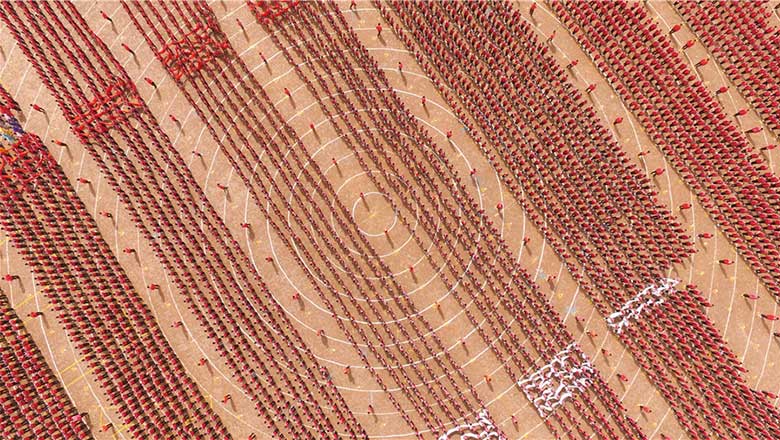
 26,000 Kung Fu students form huge patterns
26,000 Kung Fu students form huge patterns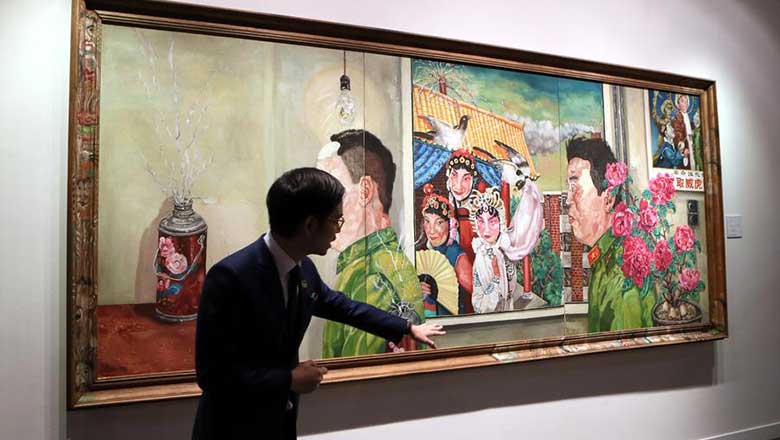
 Chinese arts prove popular in Hong Kong spring sales
Chinese arts prove popular in Hong Kong spring sales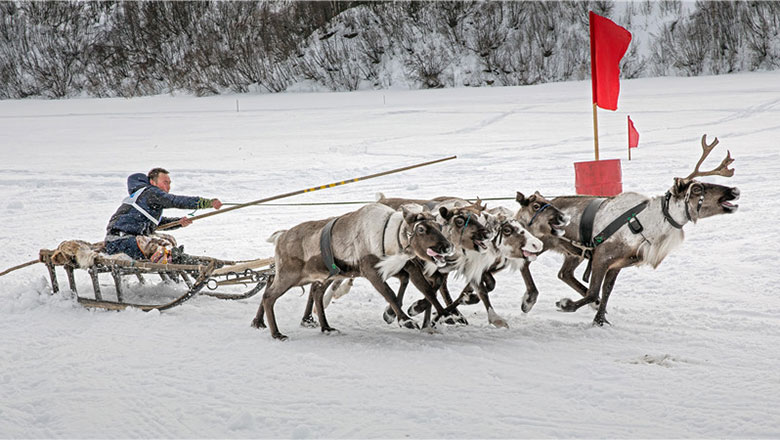
 Reindeer Herders Day celebrated in northern Russia
Reindeer Herders Day celebrated in northern Russia
 World's major tech companies step into the VR world
World's major tech companies step into the VR world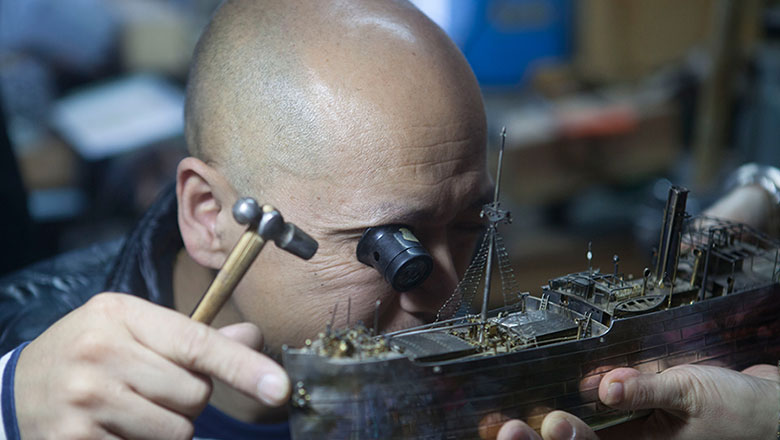
 Skilled man gives new life to antiques
Skilled man gives new life to antiques
 Top five car-hailing apps in Chinese mainland
Top five car-hailing apps in Chinese mainland
 Shanghai builds 'Deep Pit Hotel' upon a former mine
Shanghai builds 'Deep Pit Hotel' upon a former mine
Most Viewed
Editor's Picks

|

|

|

|

|

|
Today's Top News
Marriott unlikely to top Anbang offer for Starwood: Observers
Chinese biopharma debuts on Nasdaq
What ends Jeb Bush's White House hopes
Investigation for Nicolas's campaign
Will US-ASEAN meeting be good for region?
Accentuate the positive in Sino-US relations
Dangerous games on peninsula will have no winner
National Art Museum showing 400 puppets in new exhibition
US Weekly

|

|
